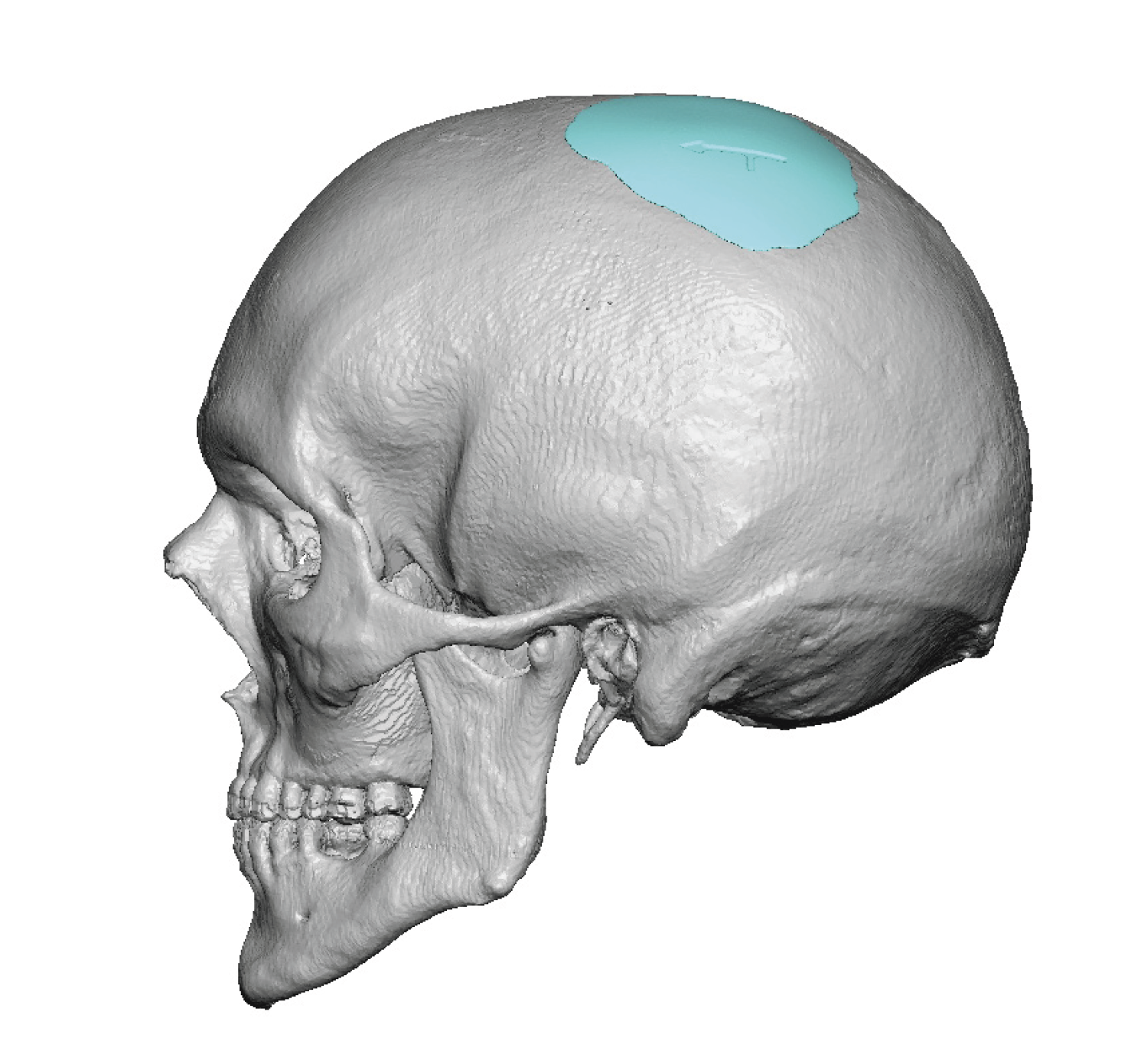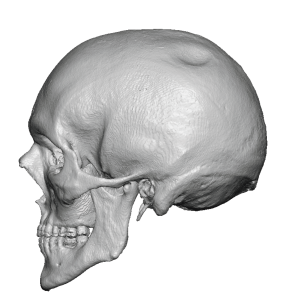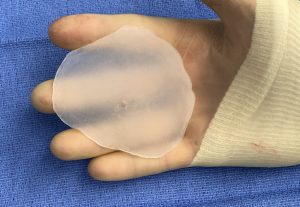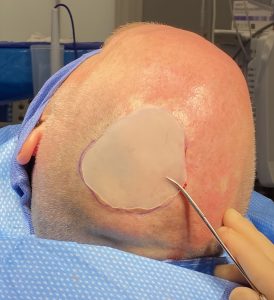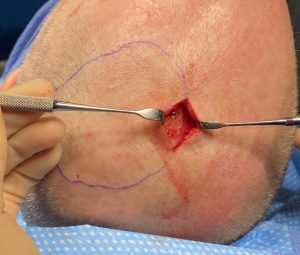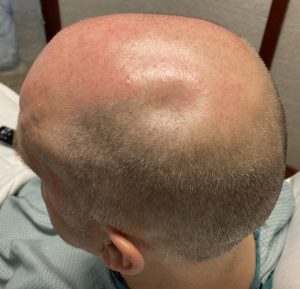Background: The skull is prone to a wide variety of surface contour irregularities across its broad areas including lumps, bumps and indentations. Many indentations or ‘dents’ are the direct result of trauma that often has occurred early in life when the skull is thinner and more easily deformed. They can also occur much later in life but that usually requires a true skull fracture to have occurred given the greater thickness of the bone. Most skull dents have irregular contours since the cause of the depression is rarely perfectly symmetric.
Skull dents can also be associated with the cranial sutures. This is seen, for example, at the junction of cranial sutures areas particularly where the sagittal and lambdoidal sutures merge. This is the original posterior fontanelle area in infants. Due to delayed closure incomplete bone formation can occur as the fontanelle closes resulting in a circular crater-like depression.
The treatment of skull dents to achieve a smooth surface contour can be done by either bone cements or a custom skull implant. Small bone dents can be treated by bone cements but the incision size is similar to that of an implant. Bone cements have a higher risk of irregularities given the blind nature of how the material is shaped as it sets. Custom skull implants obviate this risk given how they are preoperatively designed.
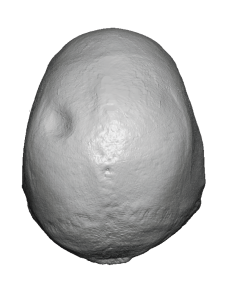
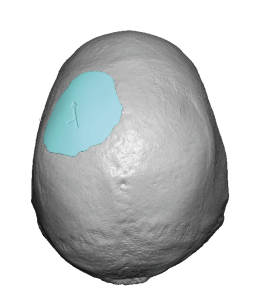
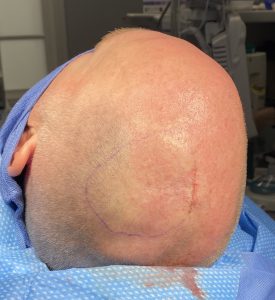
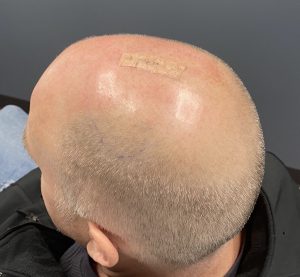
Case Highlights:
1) Skull dents of any size, even small ones, are ideally treated by a custom skull implant for the best contour.
2) Such small custom skull implants can be placed through incisions at the periphery of the implant’s footprint.
3) Small custom skull implants have very rapid recoveries with very little downtime.
Dr. Barry Eppley
Indianapolis, Indiana

